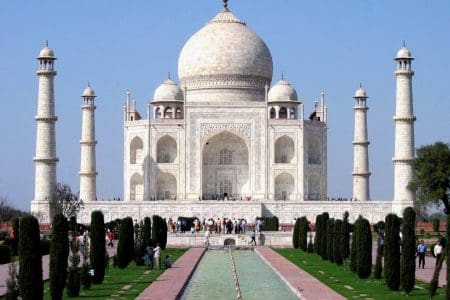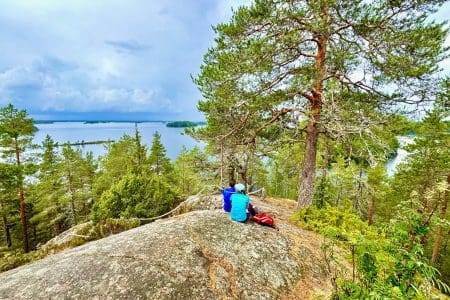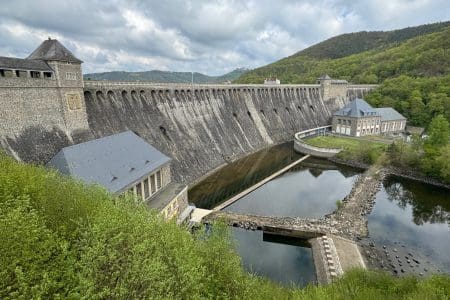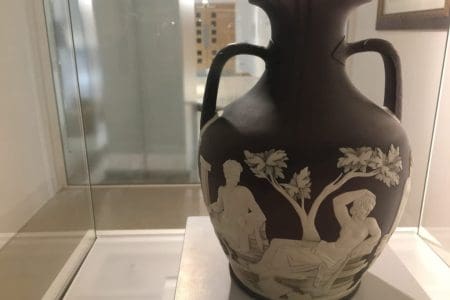Visitors to Pousada Baucau are greeted by pastel pink balustrades, high-ceilinged rooms, and old photos from Portugal’s colonial days. In the breeze and flower-filled hotel restaurant, leather-bound menus announce: Restaurante Mundo Perdido.
Lost in the Spice Islands, 4,000km south of Macao, 6,000km southeast of Goa, and 10,000km east of Mozambique, Timor-Leste is indeed a lost world. East Timor, as it is often know, is a forgotten scrap of Portuguese empire, occupying half an island in Indonesia’s farflung archipelago of 922 inhabited islands.
Four decades ago, soldiers of largely Muslim Indonesia stormed through Timor, killing about one quarter of the mostly Catholic population. The outside world, blinded by Cold War concerns, looked away.
Today, partly out of atonement, massive amounts of international aid are paving roads and developing Timor-Leste, Asia’s youngest nation. Much aid comes, from Australia, already the primary source of tourists for this unique mix of Mediterranean and Melanesian.
Once isolated from Southeast Asia, Dili, East Timor’s seaside capital, is served by three weekly flights from Singapore, three flights a day from Bali and a daily flight from Darwin – a 90-minute hop.
For now, many of the 25,000 tourists who venture here annually are relatives of foreign aid workers. But, increasingly, visitors to Bali are booking add-on trips to Timor. Here they find the same white sand beaches, but with a time-has-forgotten experience.
Tourism is expected to gradually become Timor’s largest export, displacing the island’s gourmet Arabica coffee, now a staple at Starbucks.
I came here to fulfill a quirky, personal mission. As a reporter for The New York Times, I had reported from all the Portuguese-speaking corners of the globe – Brazil, Portugal, Goa, Macao and Portugal’s five former colonies in Africa. With this report, I completed my list.
After flying from Bangkok and then Singapore to get there, Dili was a welcome stress reliever.
For a visitor, it is privilege to peer down a Dili ‘rua’ or street, and, at the end, see green mountains. Looking the other way, street views stop at the expanse of the blue ocean.
Dili, now a city of 250,000, has the heart and rhythm of a small town. Roosters crow before dawn. Massive banyan trees offer welcome shade at noon. Stars can be seen at night.
During Indonesia’s occupation, from 1974 to 1999, Timorese flocked to the Catholic Church. Today, Timor-Leste, ranks alongside its northern neighbour, the Philippines, as the other majority Christian country in Southeast Asia. Every town has a Portuguese-built church, most dating back to the first half of the 20th century. All have been restored since Indonesian soldiers and anti-independence militias burned thousands of buildings in their 1999 exit rampage.
Insight into Timor’s Catholicism and an overview of the capital can be had by climbing the steps, marked by the 14 Stations of the Cross, to a hilltop statue of Christ the King. For best views, and to beat the equatorial heat, start this 15-minute hike at 6pm. At 6.30pm, the sun will set over the water in the west, illuminating the statue and, down below, Dili. The city is set in a curving harbour, cupped with mountains.
Dili was heavily damaged by Australian bombing raids during the Japanese occupation of 1941-45. Then, it was 70 percent burned down during Indonesia’s exit of 1999. With history hanging heavy over this small nation, I found the most interesting sites to be three new bilingual museums, all prepared with foreign advice.
The Resistance Museum chronicles tiny Timor’s dogged resistance to being swallowed up by Indonesia, a nation with a population 150 times larger. Also in this building, a former colonial prosecutor’s office, a second photo and text exhibit chronicles almost five centuries of Portuguese rule here.
A taxi ride away, a former prison used by Portuguese and Indonesian police had been converted into a museum called Chega! or Enough! This restored building also houses the Timor–Leste Commission for Reception, Truth and Reconciliation. Nearby is Santa Cruz Cemetery, hallowed ground for the Timorese after Indonesian soldiers massacred over 100 protesters in 1991.
For a different slice of history – and a taste of Timor’s mountain roads – take a reliable taxi 10 kilometres into the mountains south of Dili to Dare. Overlooking Dili, the Australian War Memorial is an open air photo and text exhibit chronicling ‘Sparrow Force’.
These were about 200 Australian guerrillas who moved around Timor in 1942 to 1943, harassing the occupying Japanese. Some historians believe their work distracted two Japanese divisions long enough for Tokyo to cancel a Japanese invasion of northern Australia. Japan’s ruthless counterinsurgency campaign caused the deaths of around 50,000 Timorese, about 15 percent of the population at the time.
For trips outside Dili, it is best to go with a professional driver and tour guide. I went up and down Timor’s North Coast with Platao Lebre, an experienced bilingual tour guide with Island Explorer Holidays. The half-day trip west, to the Portuguese fort at Maubara and prison at Ai Pelu, is relatively easy. The day trip south to Baucau is a four-hour gut wrencher that no amount of road work will smooth out.
Some people come to Timor for adventure tourism. They want to drive through the mountains, rise at 3am and climb three hours through the dark to catch the sunrise from the 2,963 metre high summit of Ramelau, the nation’s tallest peak. There, by a statue of the Virgin Mary, they can see almost the entire nation.
For an easier destination, Atauro Island beckons on Dili’s northern horizon. A fast boat takes passengers the 30 kilometres from Dili Port to Atauro, Timor’s largest island.
If the phrase ‘scuba diving’ intimidates you, Barry’s is the place for low key snorkeling. Barry, a patient and resourceful Australian, rents out snorkels, masks and flippers for $3 a set. For $10, a guide will pilot a small motor boat with outriggers 200 metres offshore, and drop anchor.
Swimmers immediately come face to face with a rich sea world – an amazing variety of tropical fish and coral. Within seconds, I spotted several orange and white clown fish of Finding Nemo fame.
On the ground or below the water, Timor again and again will deliver to an intrepid visitor many Lost Worlds.



